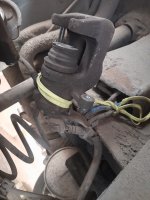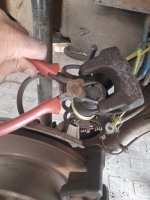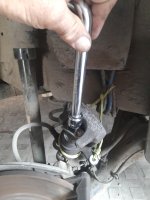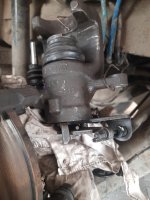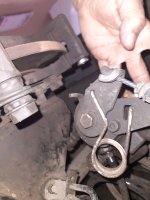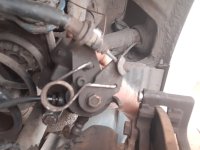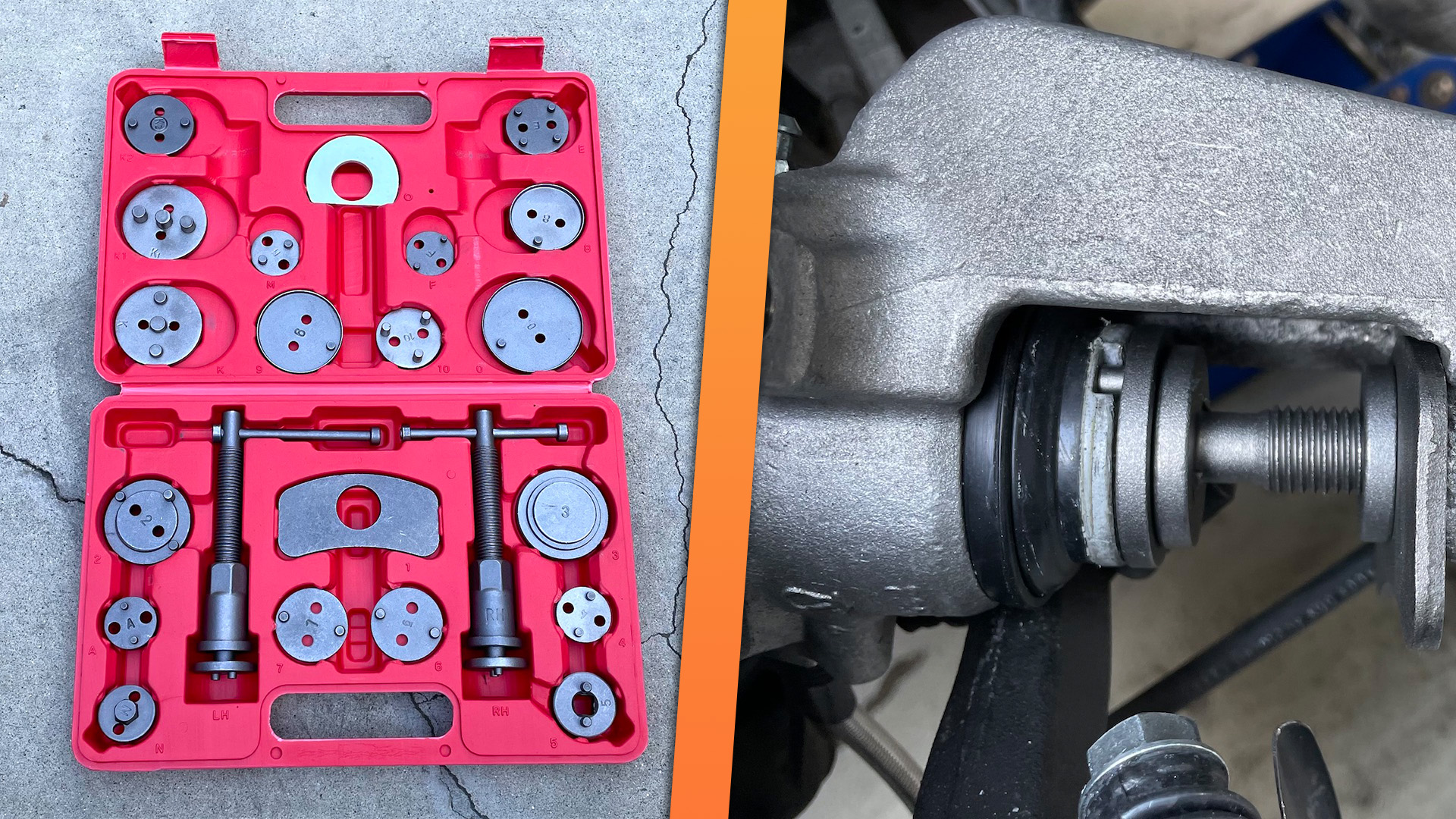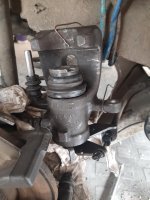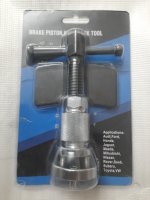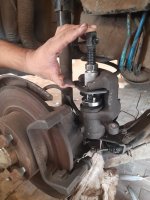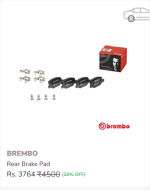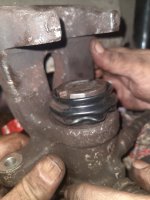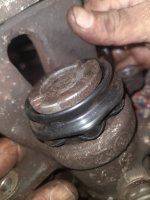Navin Talati
Member
- Joined
- Oct 23, 2006
- Messages
- 122
- Points
- 101
Dear Friends,
My car is Fiat Linea T-Jet 1.4 (petrol), Emotion, 2014 F/L Model India.
It has all the four Disk-brakes. To replace the rear brake pads, I opened the right side (right hand drive) rear wheel brake-caliper. removed the old pads, cleaned all around the caliper and pad-holder. To insert the new pads, more space is required and for the the brake caliper cylinder is to be pushed in.
I tried to wind it clockwise as well as anticlockwise. Also allowed the fluid to bleed from the nipple. Also kept the reservoir (in engine room) open/loosely closed. The had brake was not engaged. With all these variation, Despite efforts of more then an hour or so, I could not be able to push the cylinder in even a little-bit! I am attaching some pics of this.
I think, I am missing something in the process and so I am following some wrong procedure.
Could you please guide me how to push this caliper cylinder IN ?
Does it requires detaching the hand-brake cable?
Should I insert the ignition key in? On which mark should I keep it? (I think, the engine is not required to start).
A prompt and positive response is eagerly awaited. Please help me.
regards.
Navin Talati /12-01-2025
My car is Fiat Linea T-Jet 1.4 (petrol), Emotion, 2014 F/L Model India.
It has all the four Disk-brakes. To replace the rear brake pads, I opened the right side (right hand drive) rear wheel brake-caliper. removed the old pads, cleaned all around the caliper and pad-holder. To insert the new pads, more space is required and for the the brake caliper cylinder is to be pushed in.
I tried to wind it clockwise as well as anticlockwise. Also allowed the fluid to bleed from the nipple. Also kept the reservoir (in engine room) open/loosely closed. The had brake was not engaged. With all these variation, Despite efforts of more then an hour or so, I could not be able to push the cylinder in even a little-bit! I am attaching some pics of this.
I think, I am missing something in the process and so I am following some wrong procedure.
Could you please guide me how to push this caliper cylinder IN ?
Does it requires detaching the hand-brake cable?
Should I insert the ignition key in? On which mark should I keep it? (I think, the engine is not required to start).
A prompt and positive response is eagerly awaited. Please help me.
regards.
Navin Talati /12-01-2025


